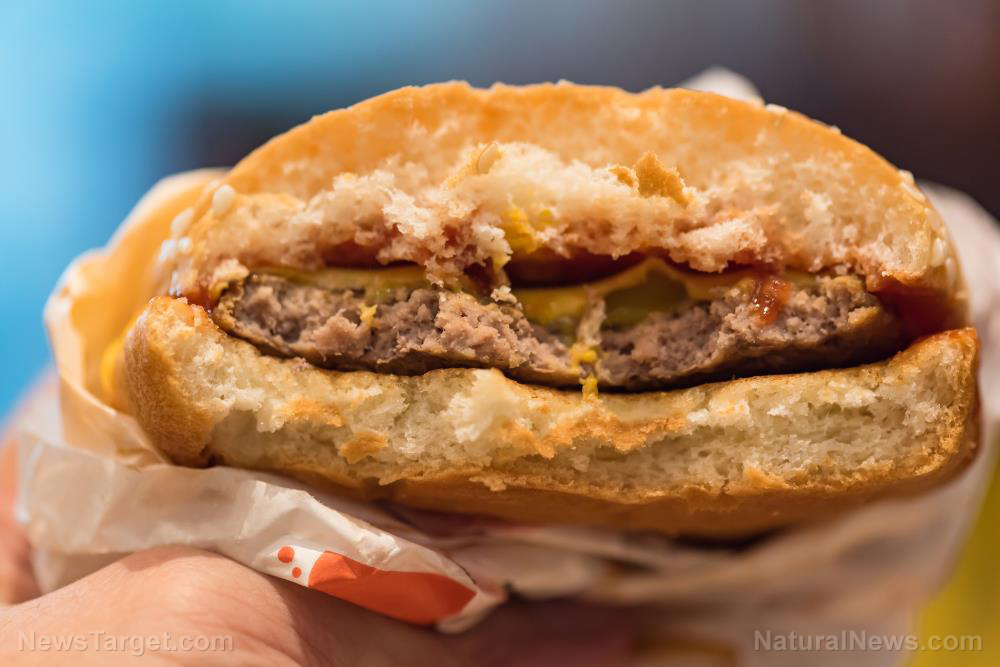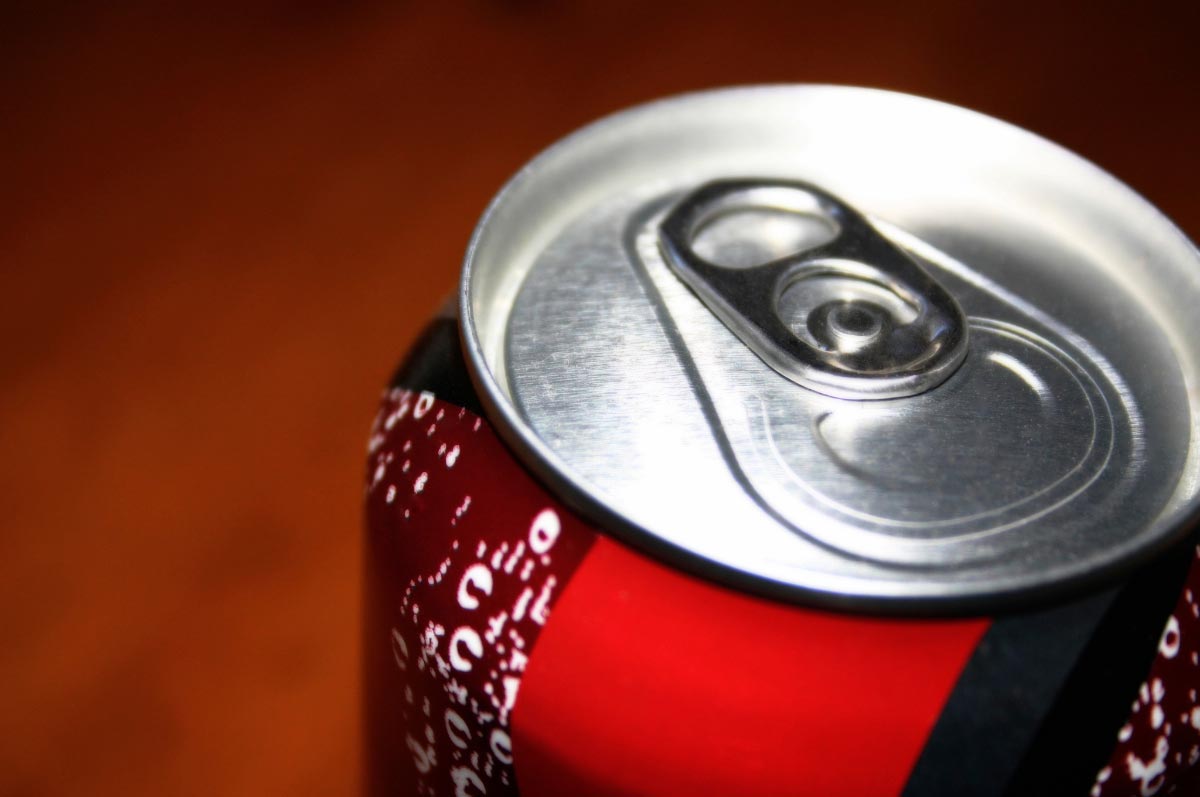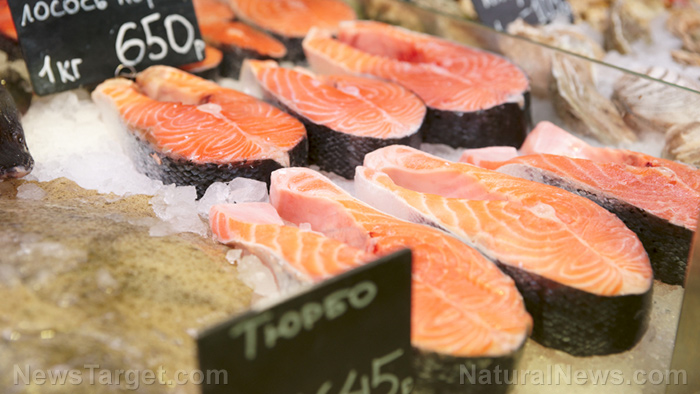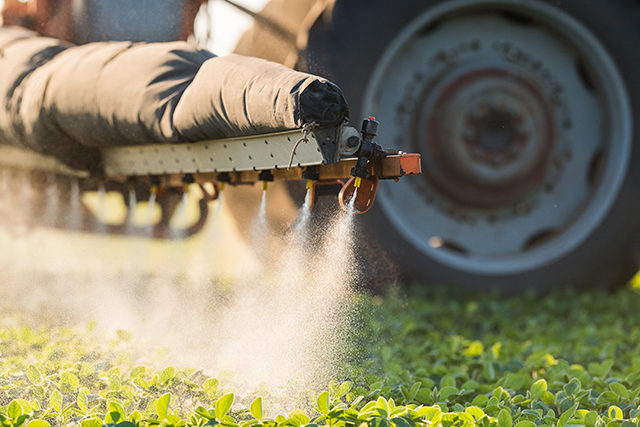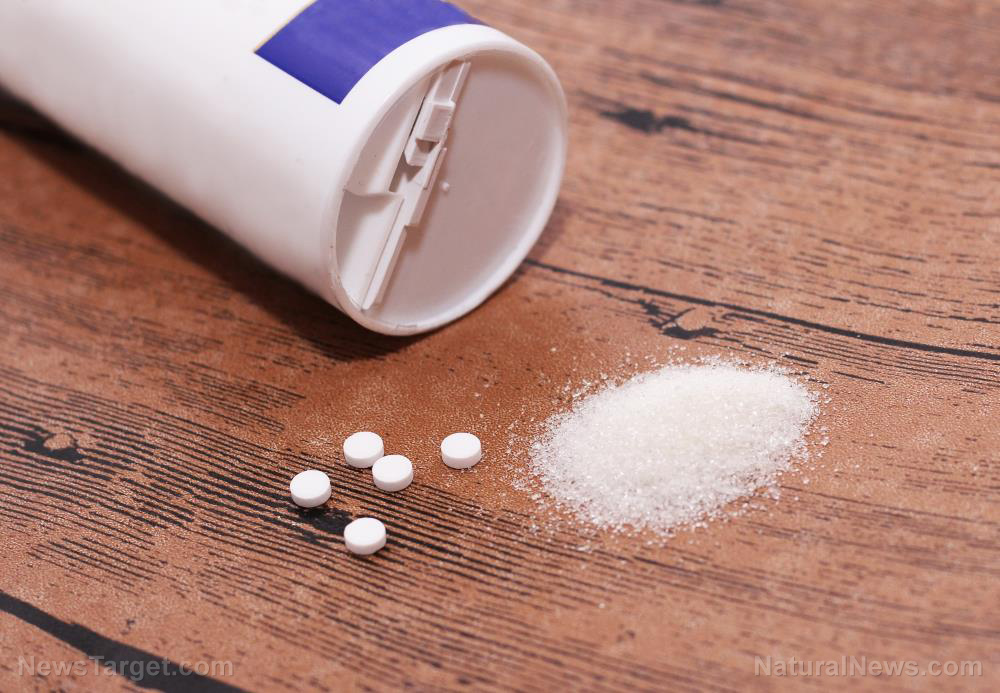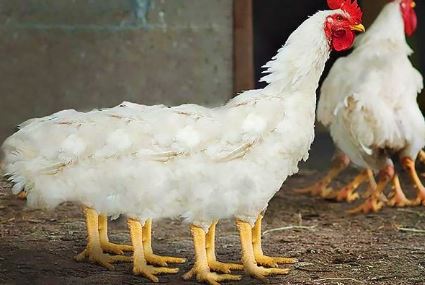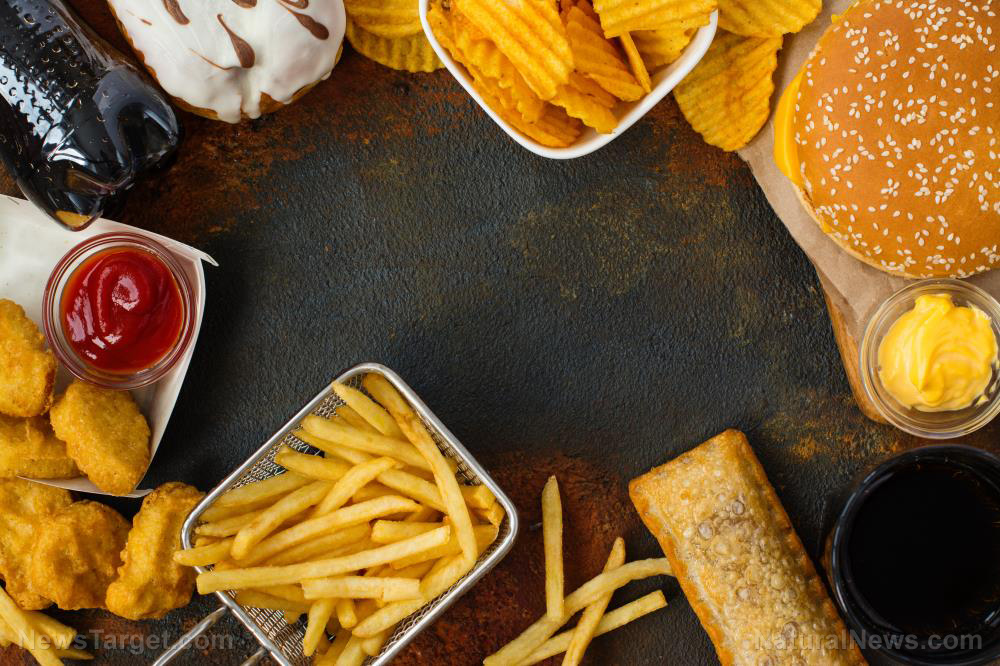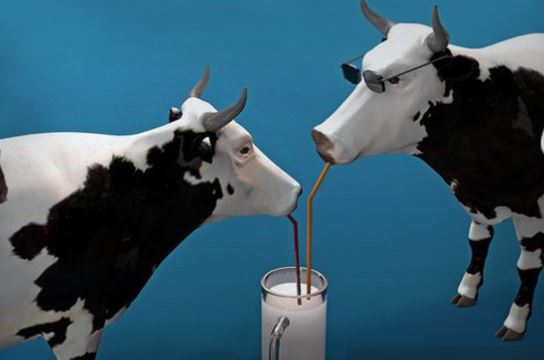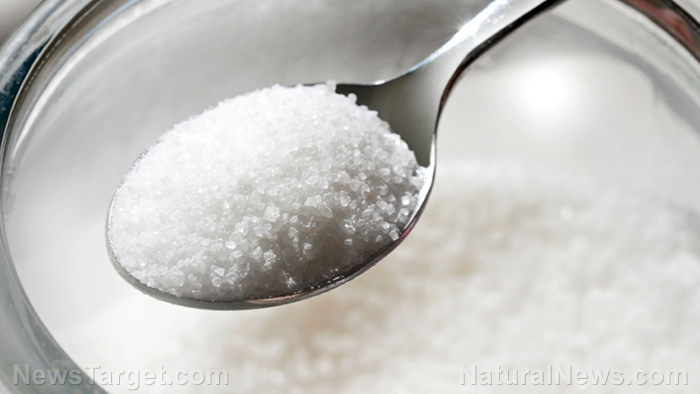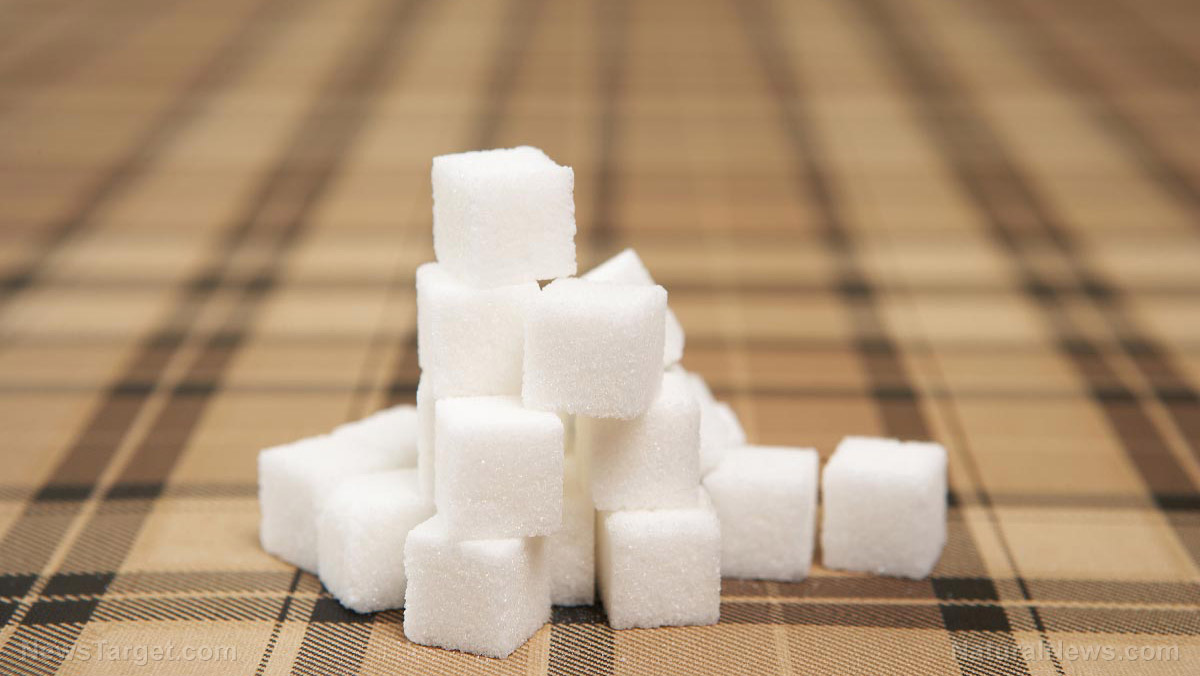The ten most toxic ingredients commonly found in popular storable food / emergency food products
08/19/2020 / By Mike Adams
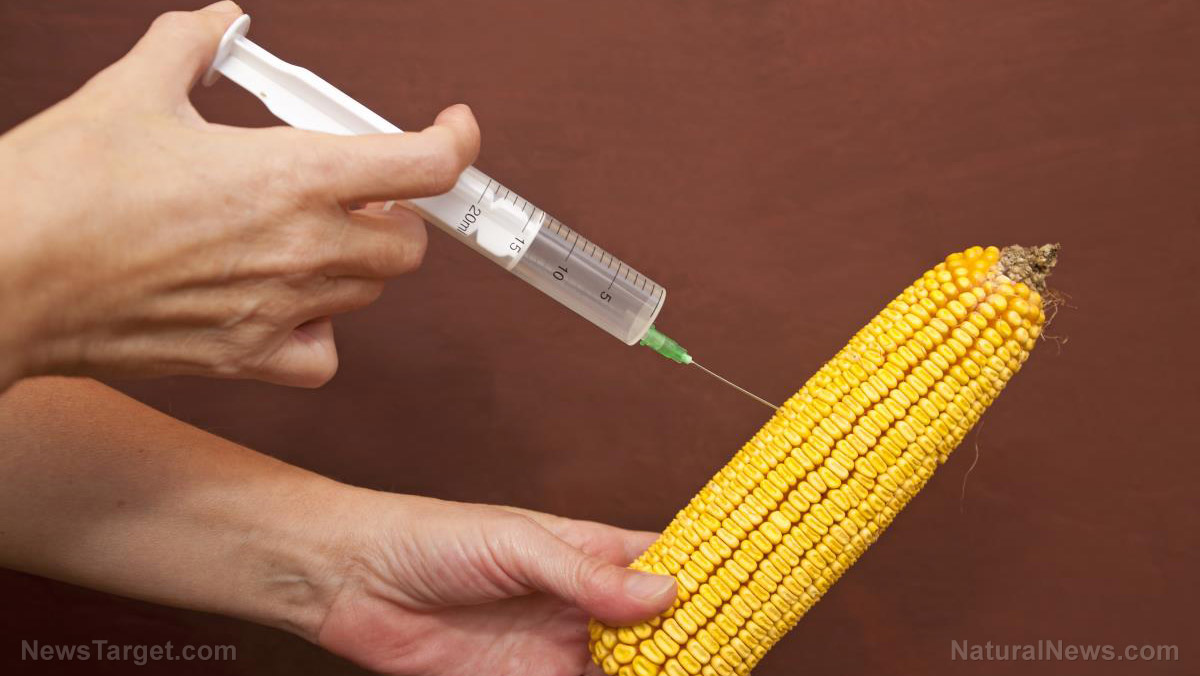
People are buying storable food products in huge quantities right now, but have you actually read the ingredients in some of these foods?
Most storable food manufacturers hide their ingredients to try to prevent the public from seeing what they really contain. That’s no surprise, since most of them are made with genetically modified corn, soy and canola ingredients, along with a toxic stew of other ingredients like artificial colors, hidden sources of MSG and partially hydrogenated oils that are linked to heart disease and cancer.
Here are the top ten most toxic substances to avoid in storable food products:
#1) Textured Vegetable Protein (GMO soy) – Commonly used in meat substitute products like fake beef or fake chicken, TVP is almost always made from genetically modified soy products which are sprayed with pesticides and glyphosate herbicide, linked to cancer. So-called “Roundup Ready Soybeans” are the seeds used to grow most of the soy that ends up being manufactured into TVP.
#2) Partially Hydrogenated oils such as Soybean or Canola (rape seed) – Partially-hydrogenated oils are used to turn oils into solids, often as part of a “creamer” ingredient in storable foods. Popular coffee creamer products are made from the same thing, which is usually derived from hydrogenated soybean oil or canola (rapeseed) oil. Hydrogenation produces trans fatty acids which are widely linked to cardiovascular disease and even cancer.
#3) Maltodextrin (from GMO corn) – This is a common filler ingredient in low-grade storable foods. It’s dirt cheap (around 50 cents per pound) and adds a sweet taste to soup mixes. Nearly all maltodextrin comes from genetically modified corn from Monsanto / Bayer. As a simple sugar, maltodextrin is linked to blood sugar disorders and diabetes. A far healthier alternative that you’ll find in higher end storable foods is tapioca starch, which is always non-GMO.
#4) Pesticides such as organophosphates – Although not technically ingredients, pesticides are used to produce most of the plant-based raw materials that go into low-grade storable food products. Pesticide residues remain in the finished products and can be easily confirmed by mass spec testing of the food samples. All pesticides are designed to kill living systems, which is why they are used in the first place. Organophosphates are especially toxic to human neurology and can transform a healthy brain into an Alzheimer’s-like condition, characterized by lack of cognition, forgetfulness and mood disorders. (Joe Biden, anyone?)
#5) Glyphosate and atrazine (herbicides) – Many low-quality storable foods are grown with glyphosate and atrazine. Glyphosate is a cancer-causing herbicide known to cause cancer (Non-Hodkin’s Lymphoma in particular), while atrazine is a chemical castrator that’s linked to feminization of males and extreme infertility problems. These herbicides are never listed on food labels because the USDA and FDA allow food manufacturers to hide them from consumers. The easiest way to avoid herbicides is to buy USDA certified organic foods, which are grown without the use of chemical herbicides.
#6) Corn Syrup Solids and refined sugars – The cheapest and most toxic sweetener in the food supply chain today is corn syrup. It’s used in sodas, promoting diabetes and obesity around the world. You’ll also find it in many storable food products, where it’s almost always derived from GMO corn, usually grown and processed in China.
#7) Hidden MSG: yeast extract, torula yeast, autolyzed proteins, hydrolyzed proteins – Many storable food manufacturers rely on cheap, low-grade ingredients that taste bland, so they need to enhance the taste withe chemicals like monosodium glutamate. Yeast extract (or autolyzed yeast extract) is a hidden source of MSG, and it’s used to hide MSG on food labels. Torula yeast is another hidden form of MSG, and you’ll find the same chemical in anything that’s “autolyzed” or “hydrolyzed.” These are, for the most part, chemical flavor enhancers. It’s not unusual to find these in “chicken base” or similar ingredients, typically made with maltodextrin and hydrolyzed corn protein. It’s also very common for companies to add yeast extract to meat products in order to “enhance” the meat taste using hidden MSG.
#8) Other GMO corn derivatives: Modified corn starch and citric acid – In addition to maltodextrin, mentioned above, many low-quality storable foods are made with modified corn starch or citric acid, both derived from GMO corn and usually grown and processed in China.
#9) Artificial colors – It’s surprisingly common to find yellow and red chemical dyes in low-grade storable foods, especially in yellowish looking soup mixes that claim to have a cheese sauce of some kind. The cheese color is almost always achieved with toxic food coloring chemicals. Healthier food companies will use annatto, paprika or turmeric for coloring, which actually enhances the nutritional content of the food. Food companies using yellow #5, or red #40 or FD&C blue colors, for example, are just stewing up a bunch of chemicals and calling it “food.”
#10) Sodium aluminosilicate – Used as an anti-caking agent, sodium aluminosilicate contains elemental aluminum, a toxic metal linked to Alzheimer’s and neurological disorders. While aluminum is also present in foods in various molecular forms, the Al3+Na+O- form of aluminum (see molecular diagram below) results in rapid dissociation of the aluminum once this food hits your stomach acid (which contains HCl). This frees the aluminum, creating free aluminum in your blood, which easily travels to organs such as your brain. The best way to eliminate aluminum from your body is to consume orthosilic acid (OSA), which is sold as a dietary supplement and is found naturally in Fiji water. Aluminum is also found in vaccines and is believed to be one of the key contributing factors to vaccine neurotoxicity.

Ingredients I am not concerned about
There are some ingredients that sound like chemicals but are generally harmless. For example, silicon dioxide (O2Si) is a common flow agent and whitening agent in foods. From all the research I’ve seen on this, it’s harmless and passes right through the body undigested. It’s primary elemental component — silicon — is actually beneficial to human health in certain forms. You can think of silicon dioxide as “powdered quartz,” which is actually exactly what it is, since quartz gemstones are made of silicon dioxide.
Guar gum is a common thickening agent that’s also harmless unless you consume huge amounts of it and fail to drink water.
Sunflower lecithin is harmless and also non-GMO by default.
Dipotassium phosphate sounds like a complex chemical (K2HPO4), but it’s mostly just potassium used in a form that helps it function as a texturizer.
The bottom line: Know what you’re buying and eating before you bet your life on it
There are a lot of storable food companies in the market, and they’re all doing swift business these days, but a lot of consumers are in for a real surprise when the day comes that they need to consume these foods they’re buying.
Many buyers will be shocked to discover the storable foods they bought weren’t non-GMO, or nutritious or even healthy. Most of what’s being sold is the equivalent of processed junk food or low-grade prison food. There are exceptions, of course, and the surest way to tell the difference is to read the ingredients before buying.
Sadly, most of the storable foods sold today are achieving high calorie counts using processed filler ingredients like corn syrup or maltodextrin. In my view, these foods should never be considered “survival” foods, since they don’t enhance the survival of the human body. Mostly, they promote disease. Calling them “death foods” would technically be more accurate, especially given all the pesticides and herbicides they contain (which are never listed on labels).
In my view, you’d be far better off going to the grocery store and buying organic quinoa, beans and rice, then storing it all in plastic pails, than buying processed, GMO junk food labeled “survival” food.
Stay informed. More details are coming in a few weeks when I release a free, downloadable audio book entitled, “Survival Nutrition.” Coming soon…
Tagged Under: food science, Food storage, ingredients, storable food, survival food, toxic ingredients, toxins
RECENT NEWS & ARTICLES
StopEatingPoison.com is a fact-based public education website published by Stop Eating Poison Features, LLC.
All content copyright © 2018 by Stop Eating Poison Features, LLC.
Contact Us with Tips or Corrections
All trademarks, registered trademarks and servicemarks mentioned on this site are the property of their respective owners.


